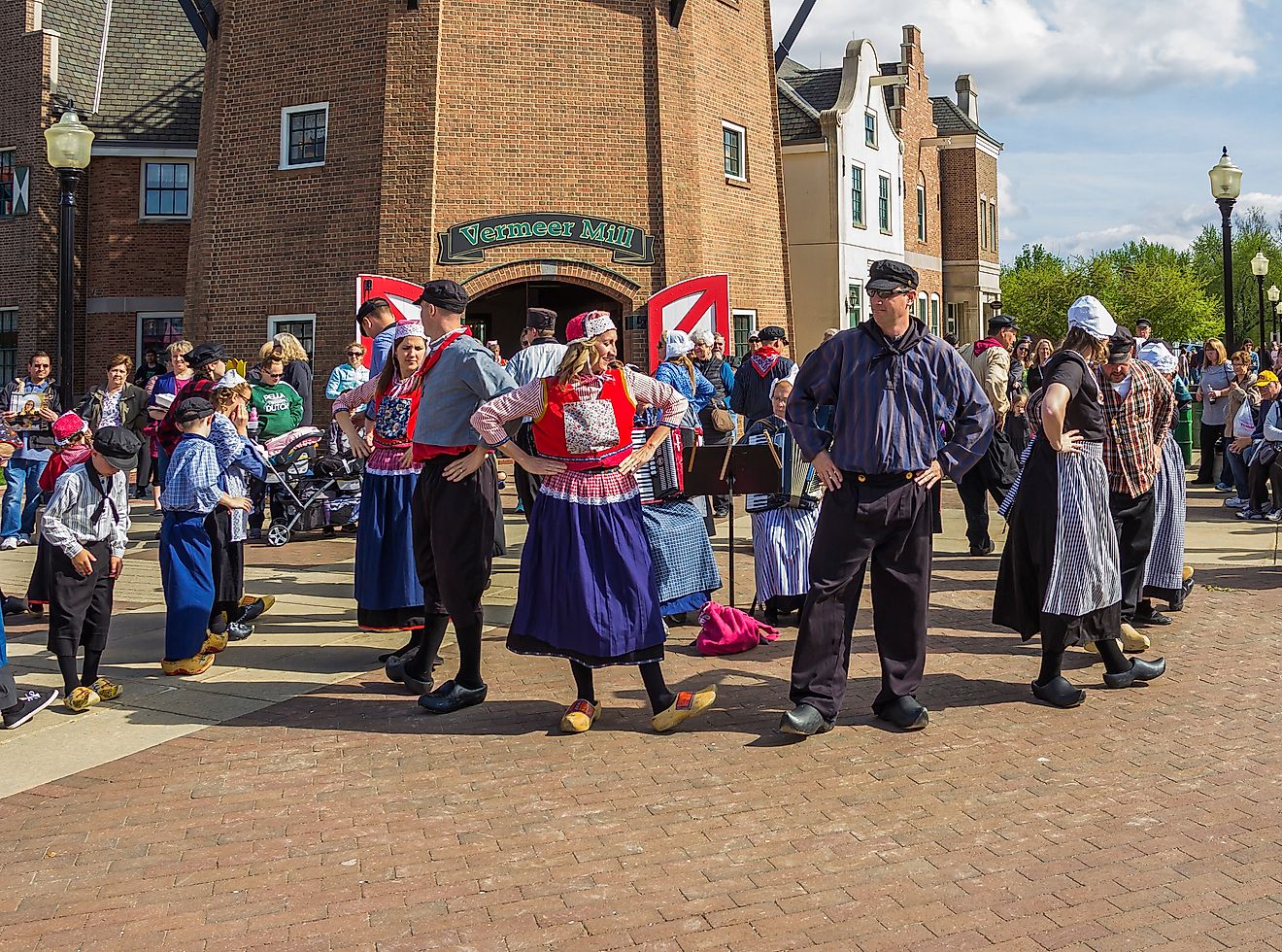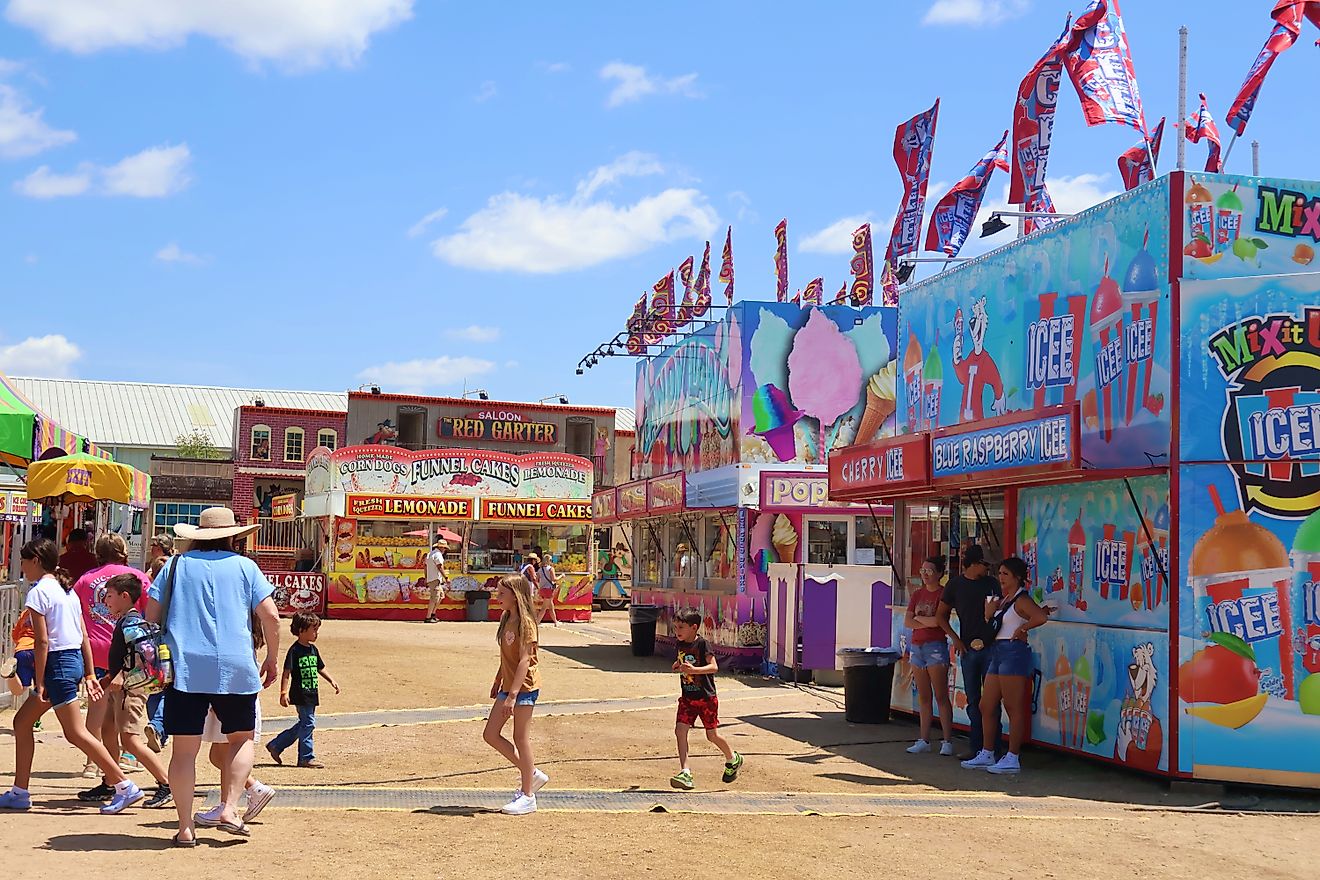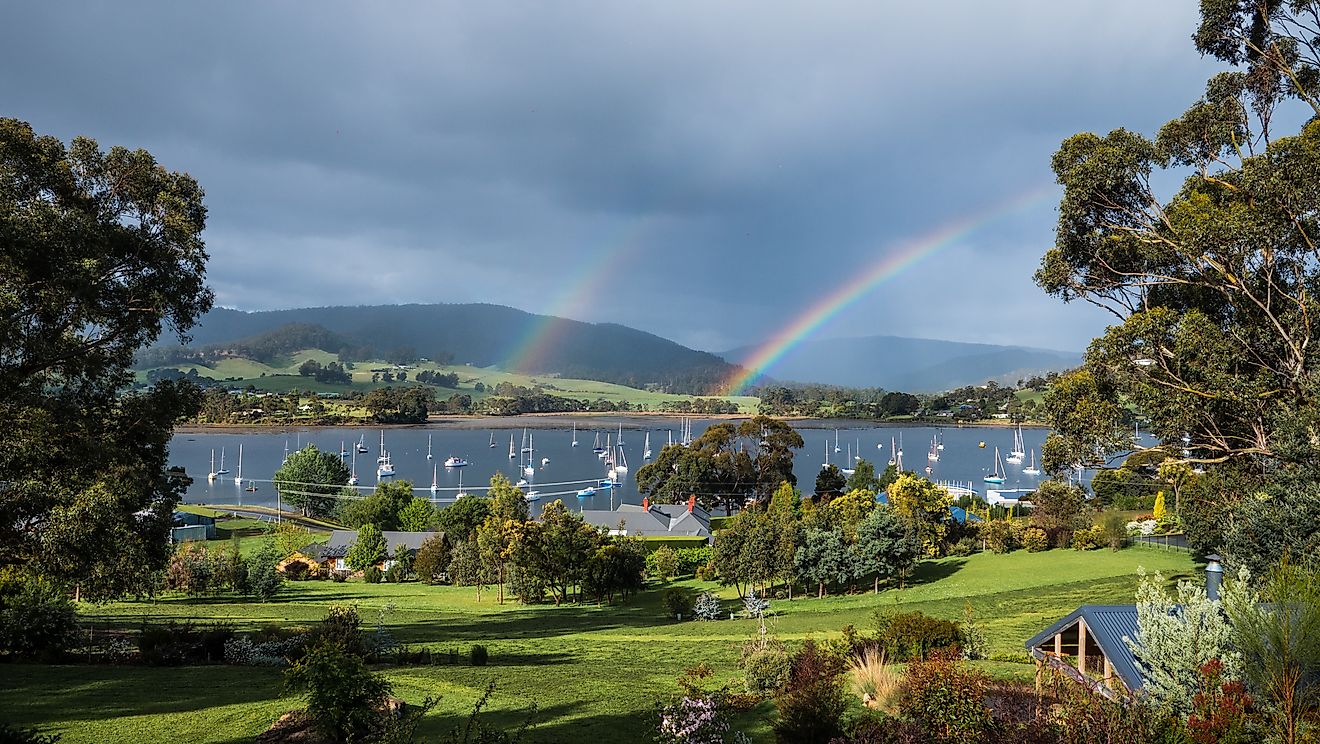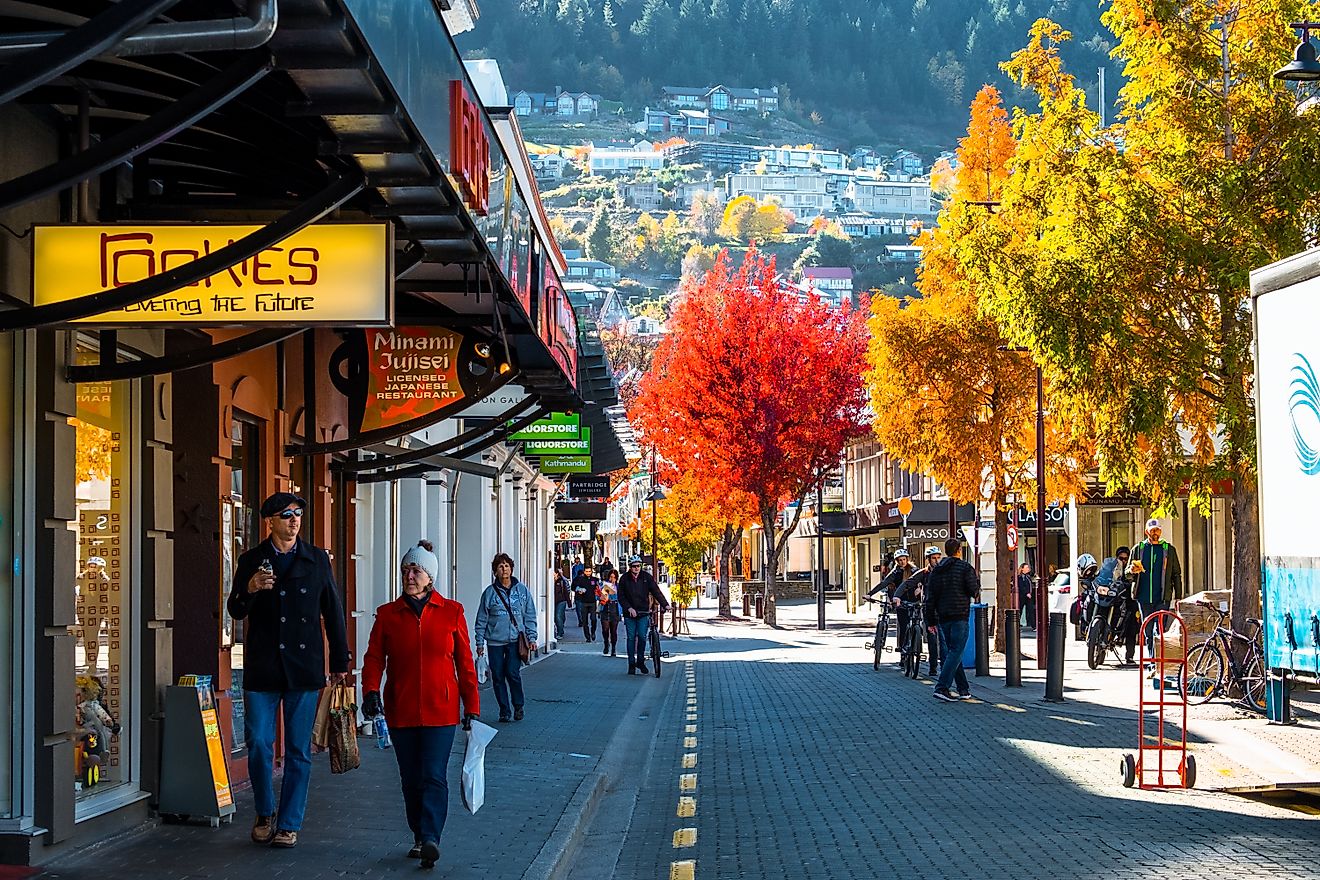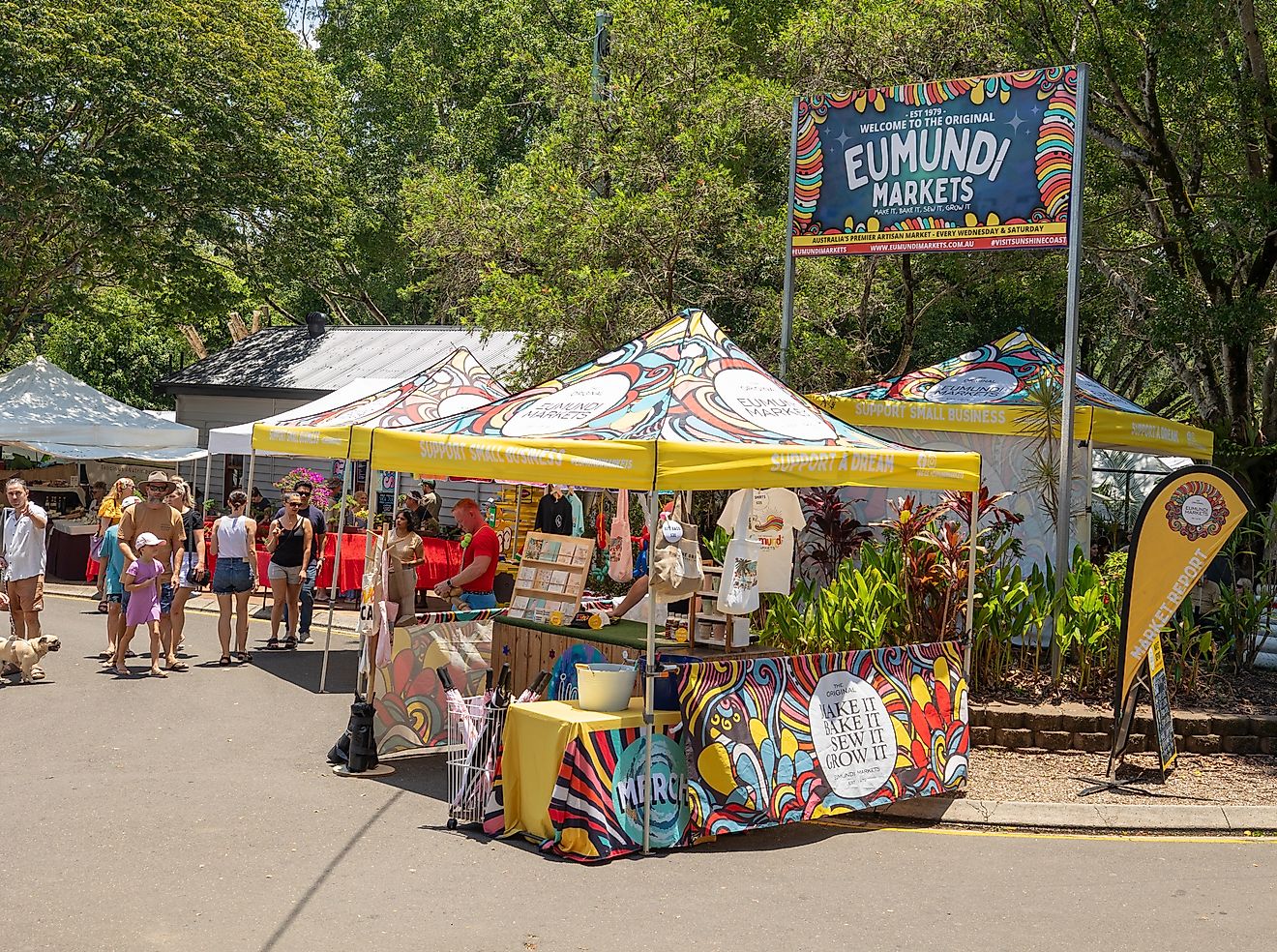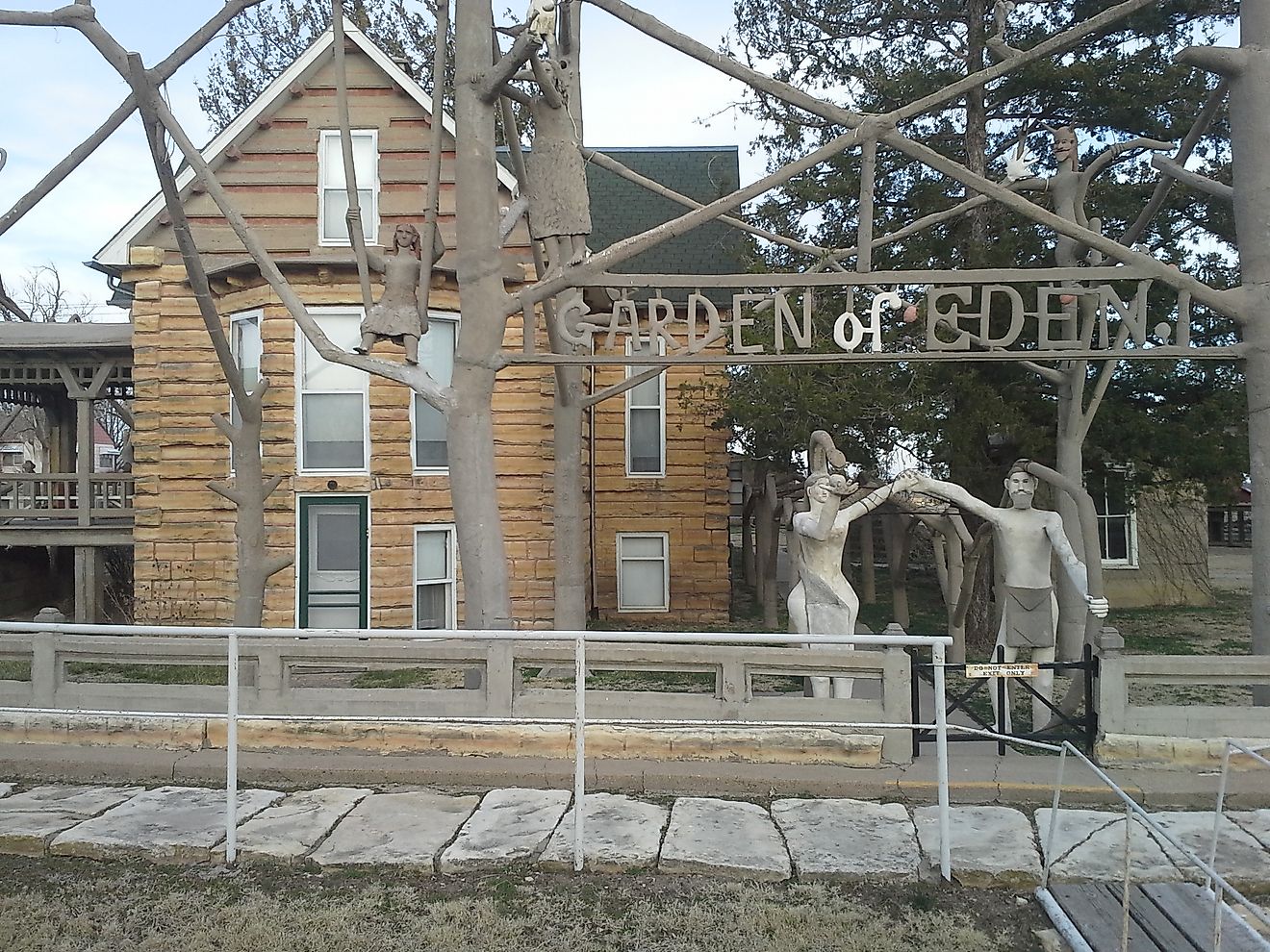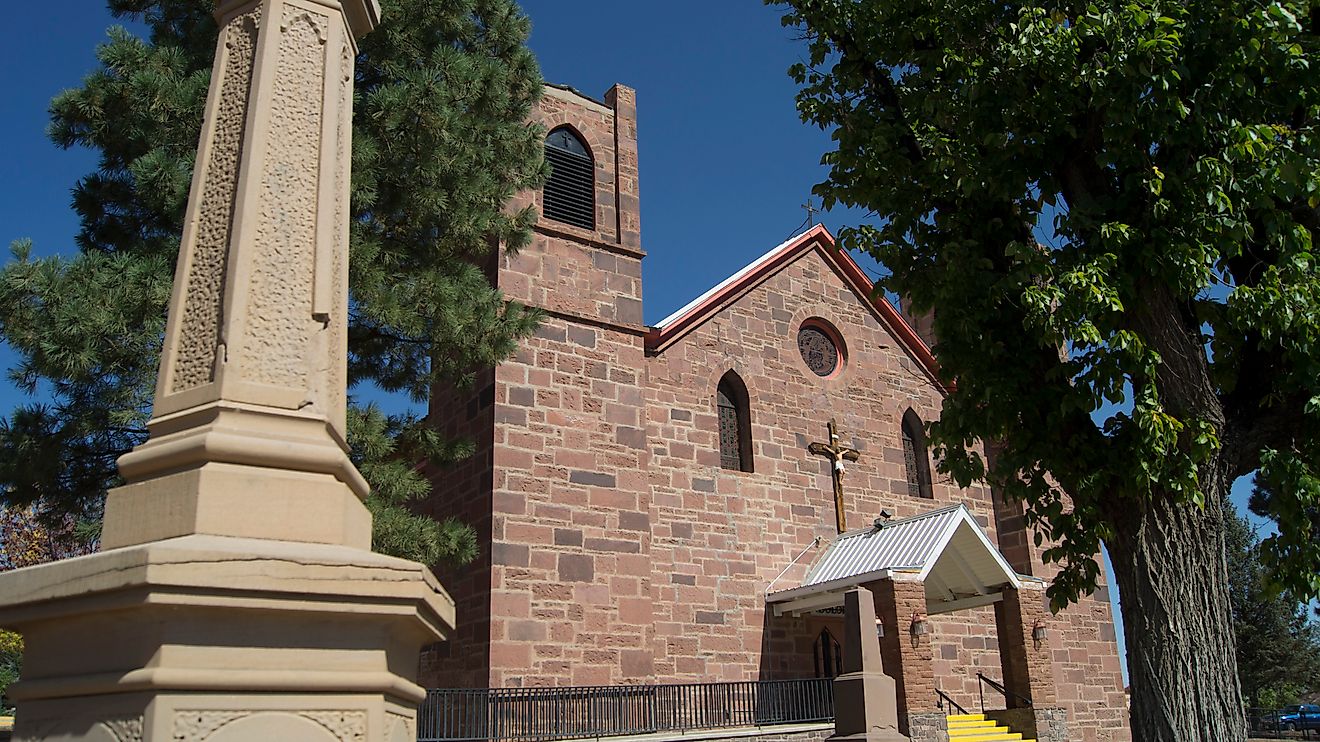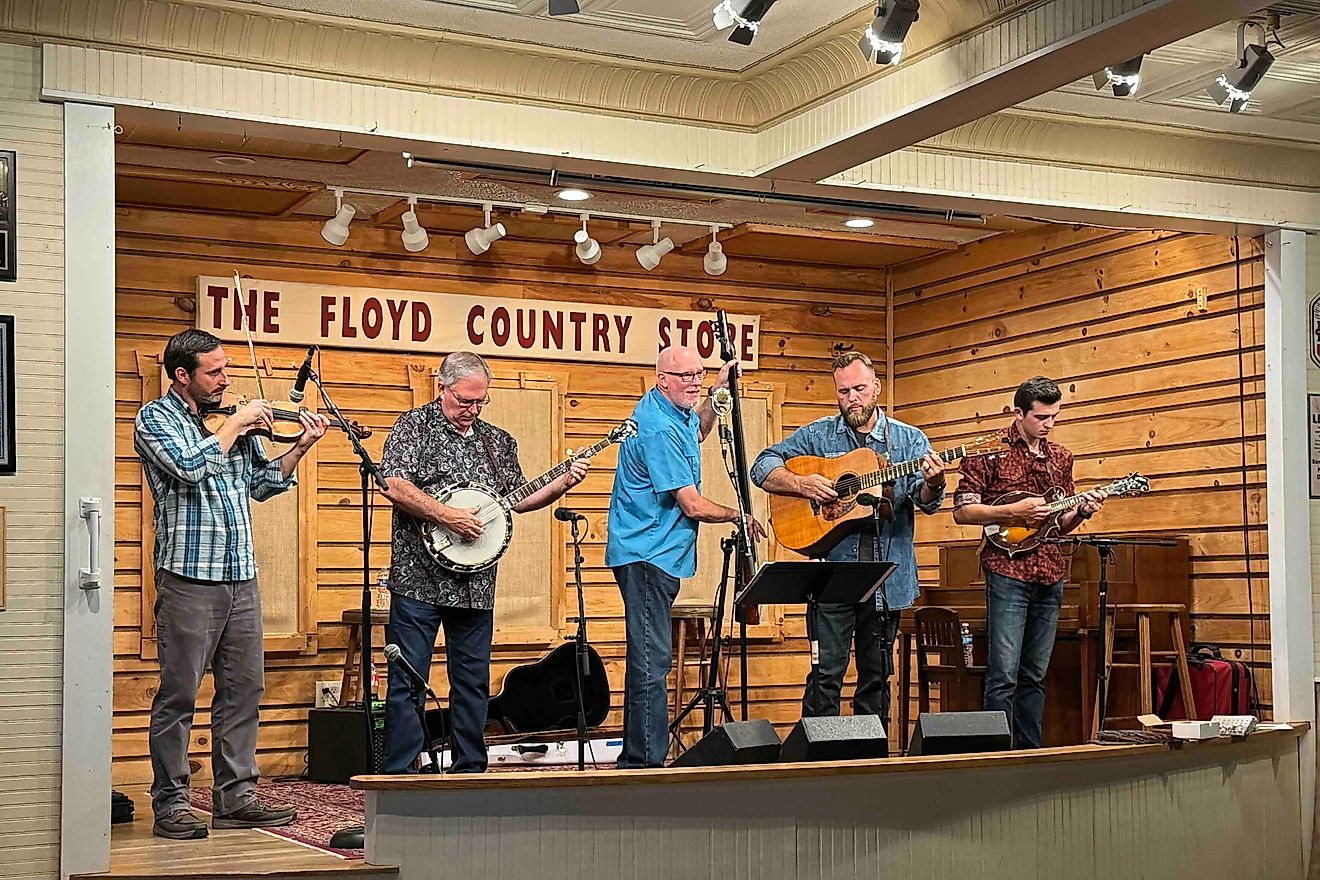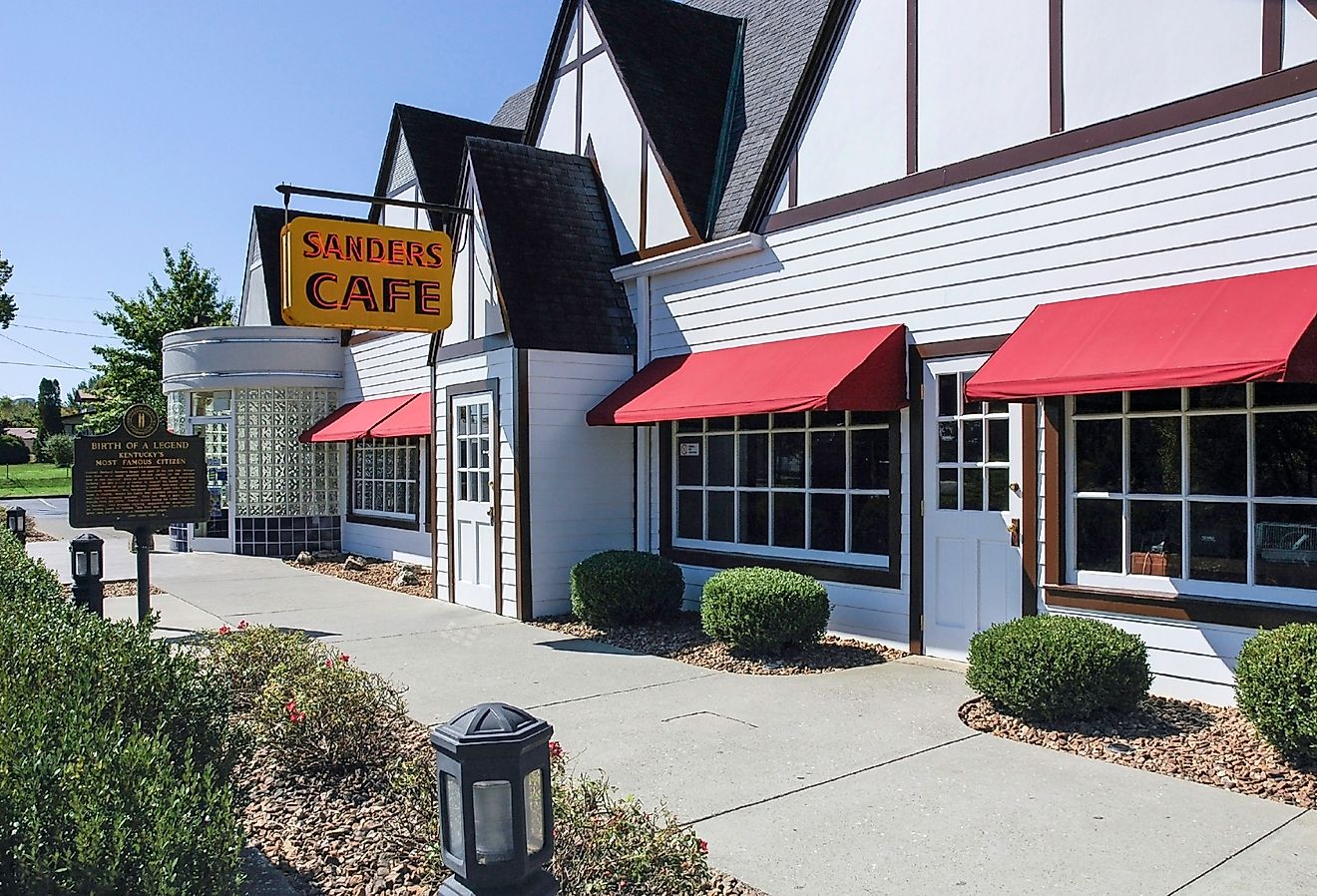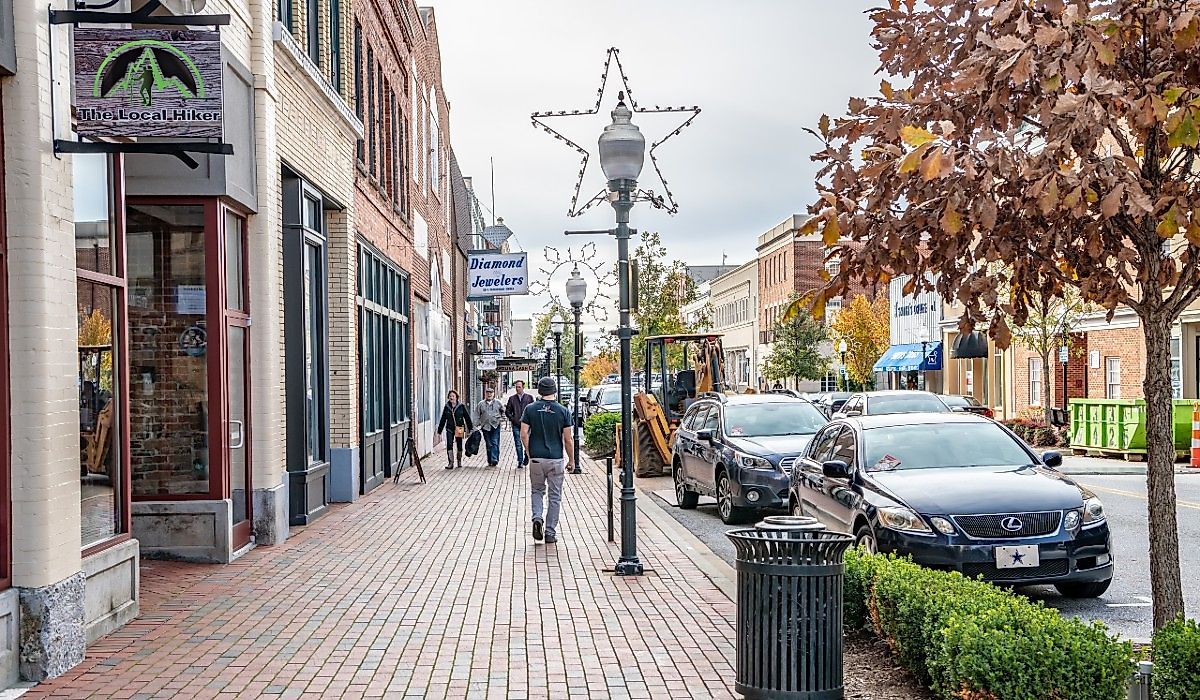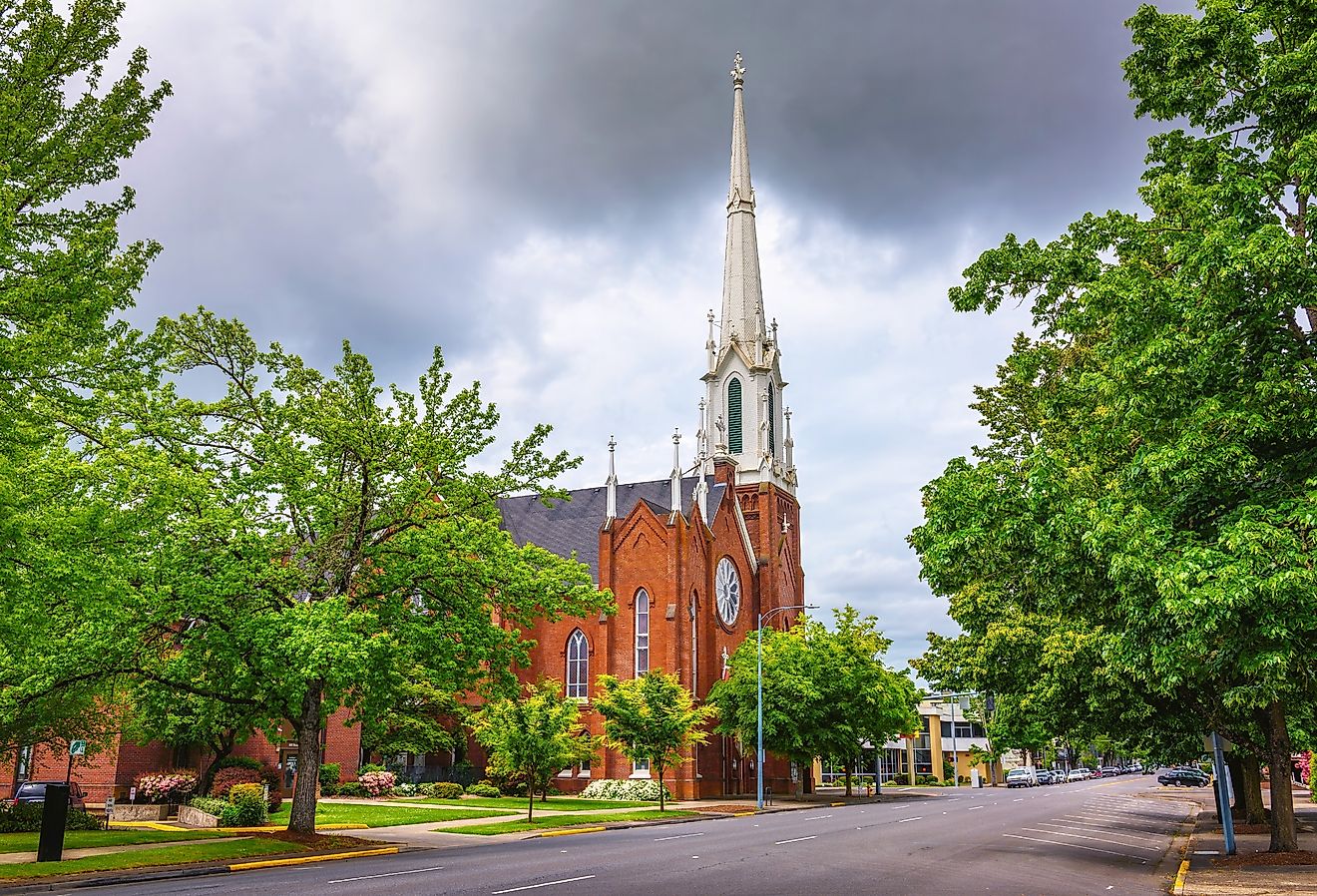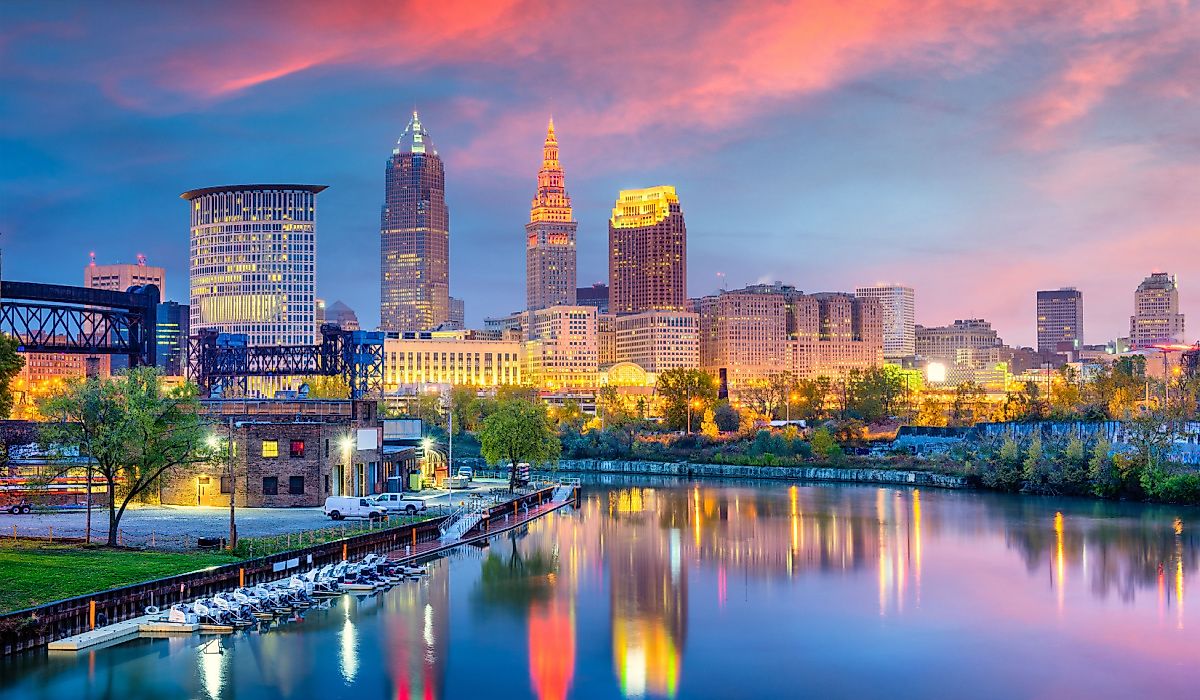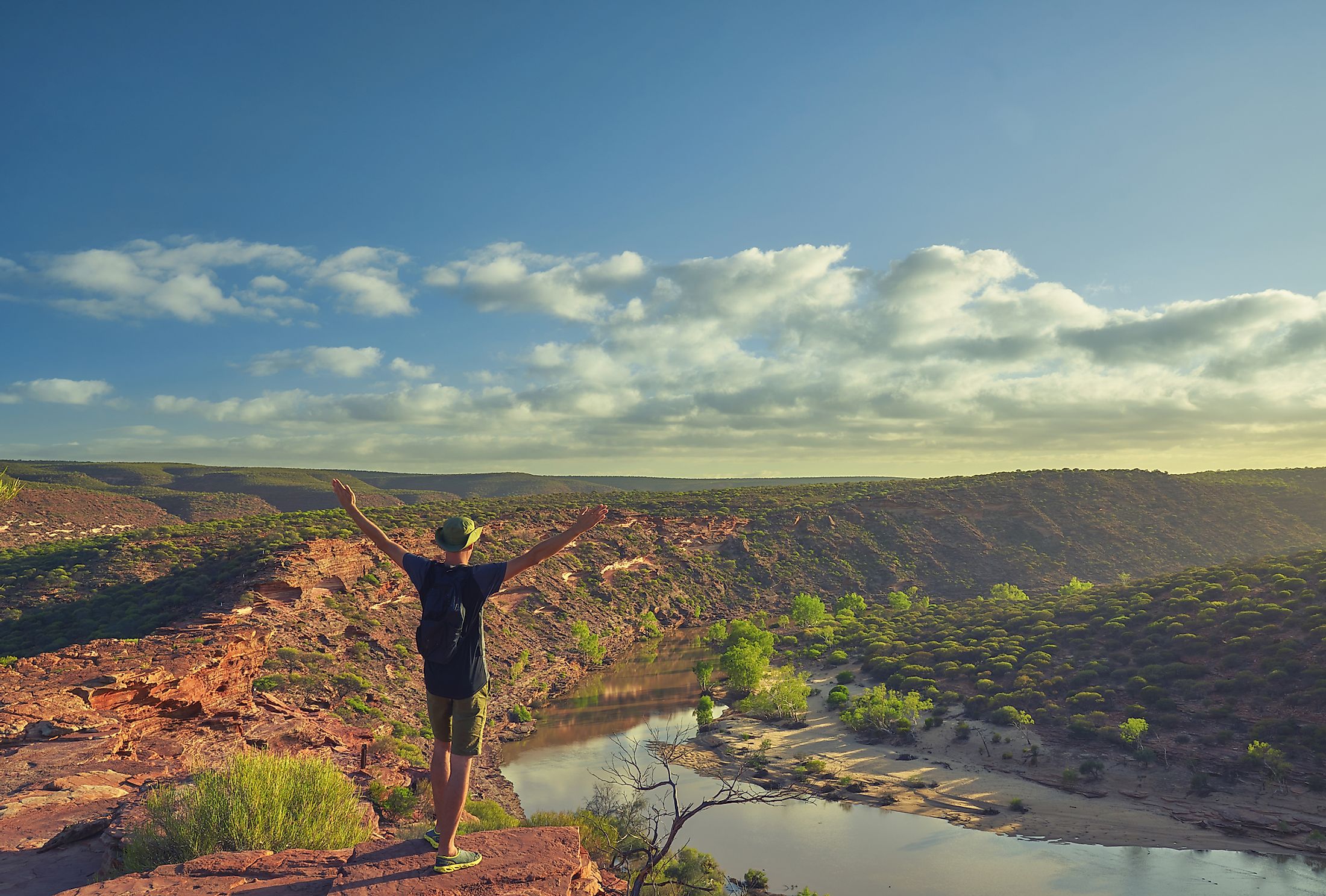
Kalbarri National Park
The Kalbarri National Park is one of the best-known national parks in Western Australia, famous for its coastal cliffs and scenic gorges cutting through the white and red sandstones. The park covers about 1,830.05 square kilometers and surrounds the lower reaches of the Murchison River, which is the second-longest river in Western Australia. The Kalbarri National Park is situated about 485 kilometers north of Perth and between the towns of Geraldton and Carnarvon. The park, established in 1963, offers numerous activities, including fishing, boating, sightseeing, and snorkeling. Located in an inland desert region, most people visit the park between April and October when the weather is much cooler. The summer months are extremely hot, making hiking only possible in the early morning.
Geography
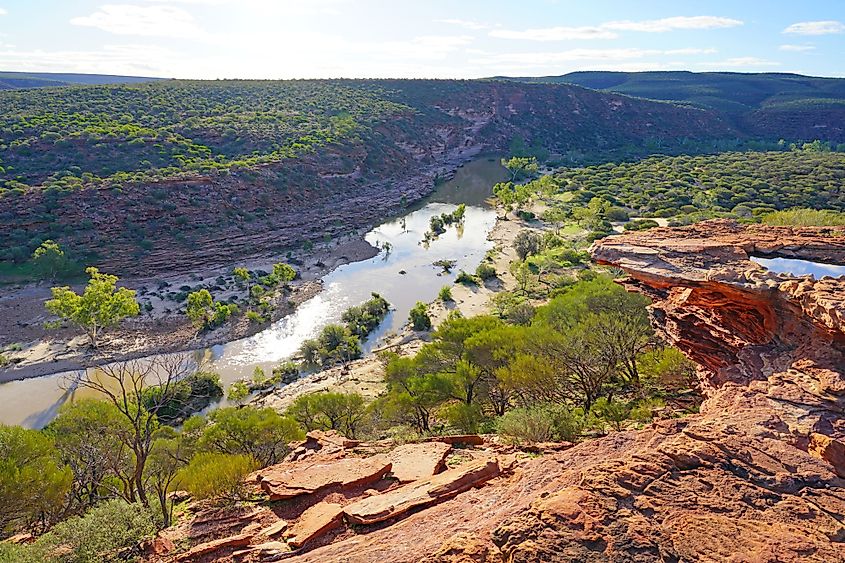
The Kalbarri National Park in Western Australia protects the red and white banded sandstones east of Kalbarri Town. The park is located in the state's Mid-West region, about 485 kilometers from Perth. It is bordered by the towns of Geraldton in the south and the Carnarvon in the north as well as by the Toolonga Nature Reserve in the southwest.
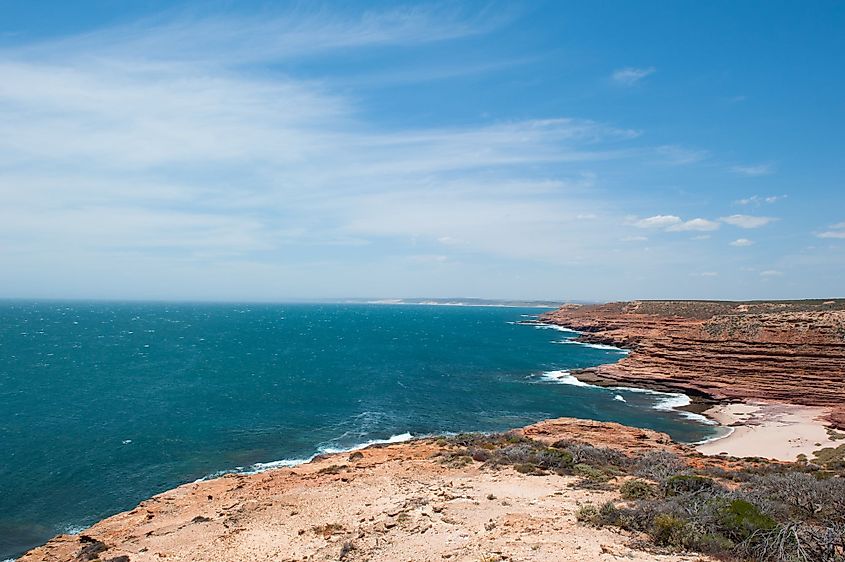
The Kalbarri National Park and the Kalbarri Town comprise two distinct landscapes. The northeastern part consists of gorges and ancient rock formations, while treacherous coastal cliffs near the Murchison River’s mouth characterize the southern section. The cliffs on the western edge are more than 100 meters high and are of varying shapes. The red and white banded tumblagooda sandstones, deposited over four hundred million years ago, are 1,300-3,500 meters thick. The Murchison River cuts through the sandstones to form 80 kilometer-long gorge known as the Murchison River Gorge.
Climate
The Kalbarri National Park is located in a desert region that experiences extremely high temperatures during the summer months. The park is located in the transition zone between semi-arid and Mediterranean climates. The National Park remains much cooler and receives moderate precipitation during the winter season. Temperatures in summer exceed 40 degrees Celsius in the inland area and 10 degrees Celsius higher along the coast. The town of Kalbarri experiences occasional storms during winter, while tropical storms are rare.
Flora and Fauna
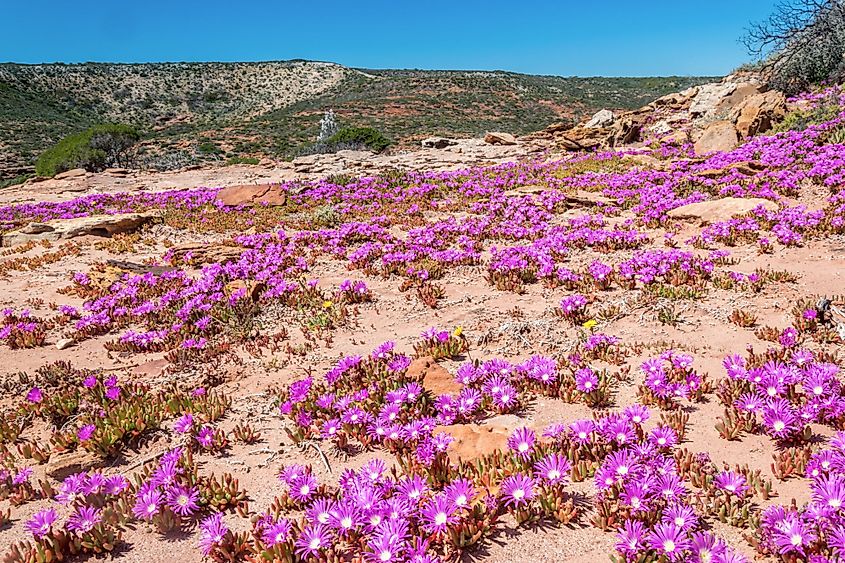
The Kalbarri National Park contains diverse wildflower species, including over 800 species that bloom between late winter and early summer. Most of these flowers bloom between August and September. The park has few plant species, with 21 species restricted to the gorges and cliff tops. The Kalbarri catspaw is a red or yellow plant common in August and September. Some orchids that can be seen in the park include the Murchison hammer orchid and Kalbarrispider orchid. The park also hosts one of the three known Beyeria species.
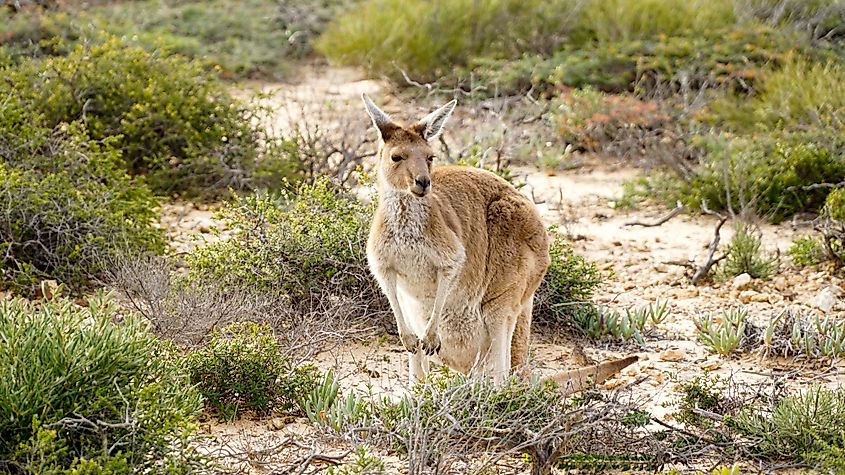
There are about 200 animal species along the Murchison River and another 400 species in the coastal areas. Over 100 birds nest or pass by the park, including osprey, emu, wedge-tailed eagles, and Australian pelican. Mammals include spinifex hopping mouse, short-beaked echidna, and western grey kangaroo. Other animals include the thorny devil, Finlayson’s cave bat, and Gunther’s toadlet.
Main Attractions
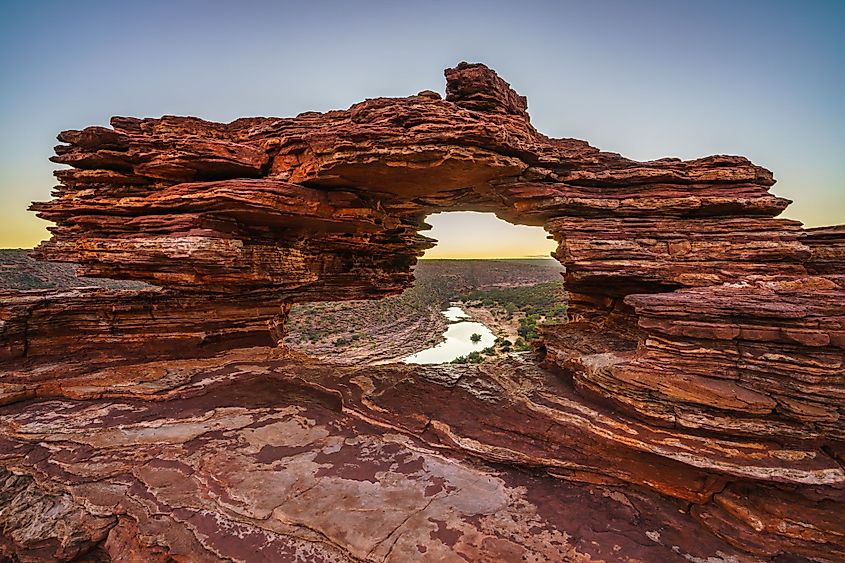
The Kalbarri National Park has numerous attractions on both coastal and inland parts. Besides the Murchison River gorge, the river cuts through the sandstones to form The Loop, Nature’s Window, Hawks Head, and Z-Bend. A pair of the Kalbarri Skywalks, perched on a clifftop, offers an incredible view of the national park and the gorge. The coastal area contains attractions like the Natural Bridge, Island Rock, Bigurda Boardwalk, Rainbow Valley, and Pot Alley.
